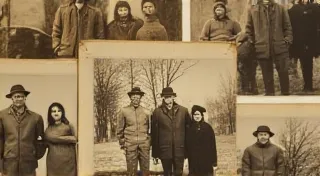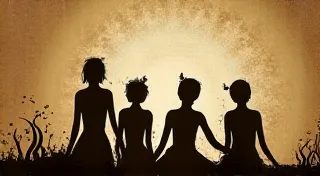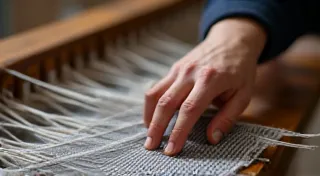The Ghost of Laughter: Recovering Lost Games
There's a particular resonance when you stumble across something ancient, something touched by time, and recognize the echo of joy it once held. It's akin to finding an antique accordion – the worn bellows, the ivory keys yellowed with age, the faint scent of wood and history clinging to it. You imagine the hands that once coaxed melodies from it, the laughter and dancing it accompanied. These instruments, like so many traditions, risk fading entirely, becoming mere curiosities in a world obsessed with the new. And nowhere is this more poignant than in the realm of traditional games – folk games, regional games – those joyful expressions of culture that are slowly slipping from our collective memory.
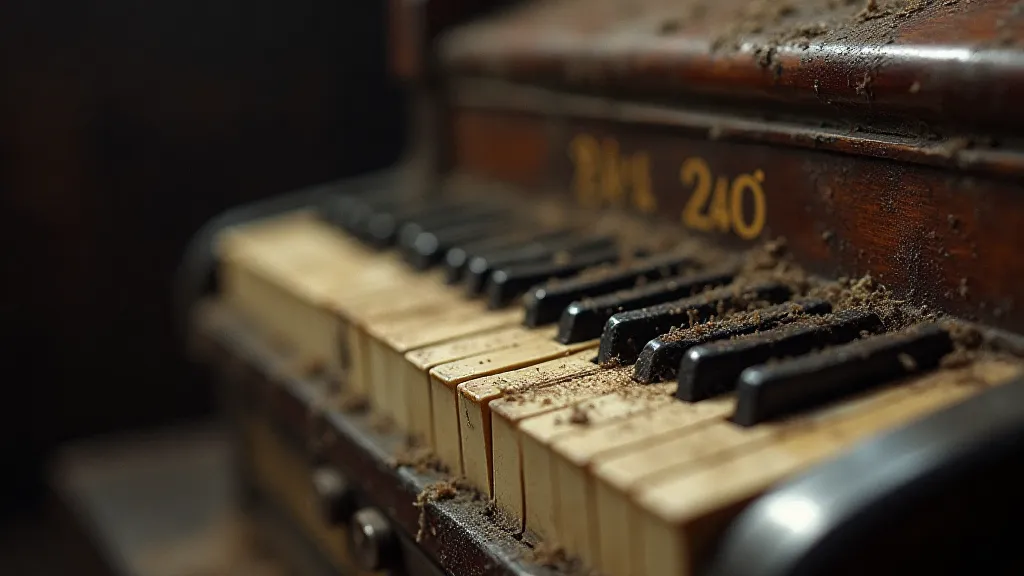
The Quiet Demise of Play
For generations, these games weren't just entertainment; they were integral to community life, rites of passage, and the transmission of cultural values. From the elaborate stick-fighting rituals of Vanuatu’s Land Diving, a precursor to bungee jumping, to the simpler, yet equally important, hand-clapping games played by children in rural Ireland, these activities were the glue that bound societies together. They taught cooperation, strategy, and respect for tradition. But as globalization swept across the world, bringing with it standardized forms of entertainment – television, video games, organized sports – many of these regional games were relegated to the sidelines, deemed "too slow," "too rural," or simply "outdated."
The reasons for their decline are complex. Urbanization led to a loss of communal spaces where games could be played. Formal education systems, often prioritizing standardized curricula, left little room for traditional play. Younger generations, increasingly exposed to global trends, often showed less interest in the games of their elders. And, tragically, in some cases, deliberate suppression by dominant cultures aimed to erode local customs.
A Spark of Revival
But the story isn’s all bleak. In recent years, a growing movement has emerged, dedicated to the revival and reintroduction of these lost games. It’s a beautiful, painstaking process, fueled by a deep love for cultural heritage and a recognition of what has been lost. It's not simply about replicating the rules; it’s about understanding the context, the spirit, and the values that underpinned the games.
Consider the efforts to revitalize *Kepong Malio*, a traditional game from the Mentawai Islands in Indonesia. Once played as a way to settle disputes and strengthen community bonds, it involved intricate movements and acrobatic skills. With few remaining practitioners, a small group of young people, spurred on by their grandparents, began to meticulously reconstruct the game from oral accounts and fragmented memories. The process wasn’t easy. Details were hazy, rules were disputed, and there was the constant threat of misinterpretation. Yet, through relentless dedication and collaboration with elders, *Kepong Malio* is slowly returning to the villages, a symbol of renewed cultural pride.
The challenges are significant. Many of the original practitioners are aging, and their knowledge is at risk of disappearing forever. Funding for preservation efforts is often scarce. And there’s the delicate balance between respecting tradition and adapting the games to appeal to contemporary audiences. Sometimes, attempts at revitalization can inadvertently dilute the original essence of the game.
The Craftsmanship of Memory
The work of preserving these games often mirrors the craftsmanship involved in creating the games themselves. Many traditional games utilized handcrafted tools and equipment - intricately carved wooden balls, hand-stitched leather pouches, and sticks meticulously seasoned for strength and flexibility. Think of the skill involved in crafting a *Kila*, the traditional Filipino stick-fighting weapon, or the painstaking creation of the *Siling*, the hand-held mallet used in Bhutanese archery. These weren't just tools; they were works of art, imbued with the spirit of the game.
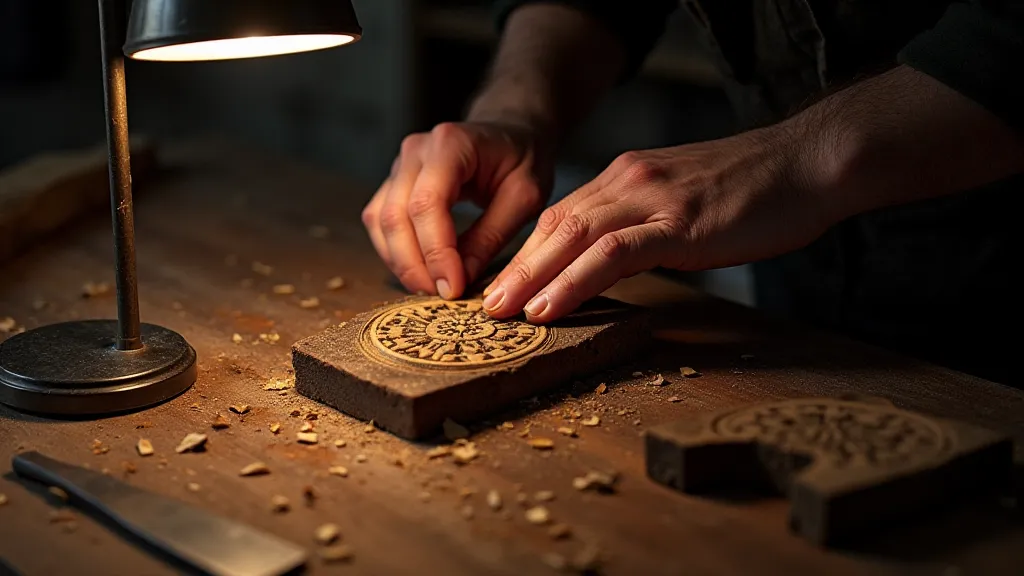
Similarly, the restoration of a traditional game requires a delicate touch. It's not enough to simply know the rules; one must understand the cultural significance of each movement, each gesture, each expression. It requires a deep empathy for the people who created the game and a willingness to learn from their wisdom. It’s akin to restoring an antique accordion – carefully cleaning the keys, repairing the bellows, and ensuring that it can once again produce a clear and resonant sound. The work is painstaking, but the reward is immeasurable.
More Than Just a Game
The revival of traditional games is more than just a nostalgic exercise; it's a vital component of cultural preservation. These games embody a unique worldview, a particular way of understanding the world and our place within it. They transmit values, skills, and knowledge that are essential for maintaining cultural identity and resilience.
Moreover, these games offer a valuable antidote to the homogenizing forces of globalization. They provide opportunities for communities to reconnect with their heritage, to celebrate their uniqueness, and to pass on their traditions to future generations. They foster a sense of belonging and pride, and they provide a space for creativity, laughter, and shared joy.
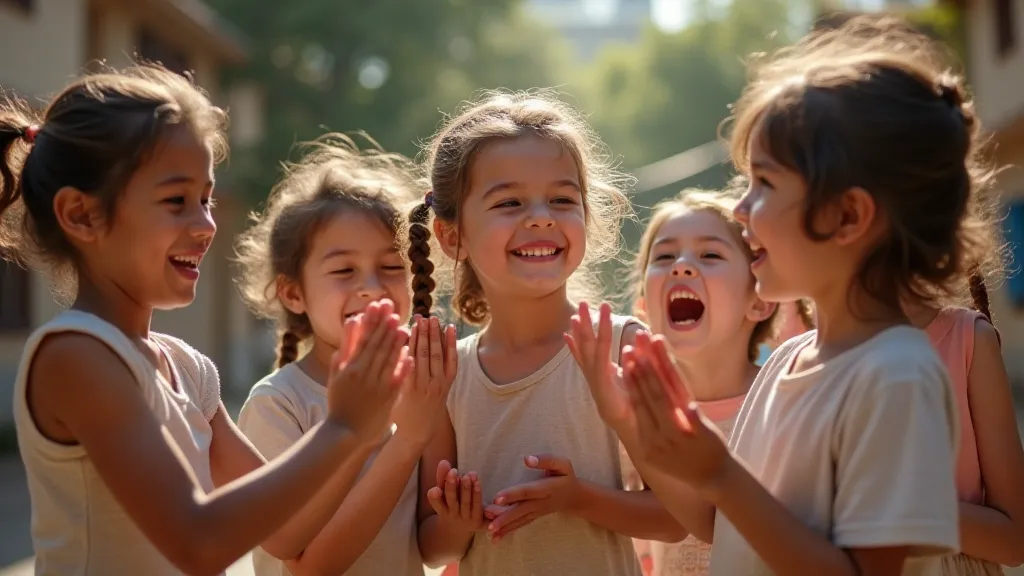
The ghost of laughter still echoes in these forgotten games, a reminder of the rich tapestry of human culture. It’s a call to action – a plea to support the efforts of those who are working to revive these treasures, to learn from their wisdom, and to ensure that the joy of these regional games continues to resonate for generations to come. Because when we lose a game, we lose a piece of ourselves, a piece of our shared human story.

